What is Astrobiology?
1/35
Earn XP
Description and Tags
Week 3: Monday, September 8th
Name | Mastery | Learn | Test | Matching | Spaced |
|---|
No study sessions yet.
36 Terms
the study of life in the universe that investigates the origin, evolution, distribution, and future of life on Earth, combines knowledge and information fro astronomy, chemistry, geochemistry, bio chemistry, biology, space technology, geology, and planetary sciences
astrobiology
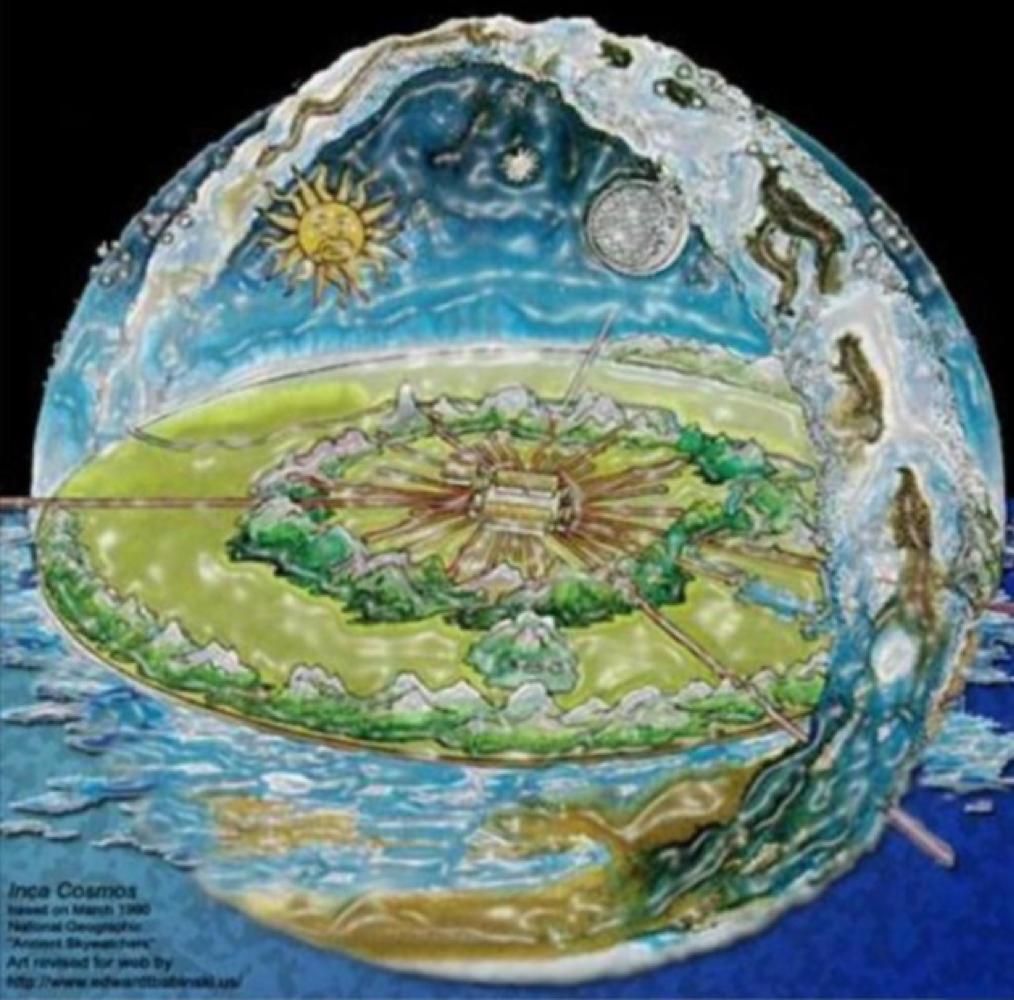
This Greek philosopher proposed natural explanations for natural phenomena; he proposed that the universe consisted of water and that Earth was a flat disk on an infinite ocean
Thales
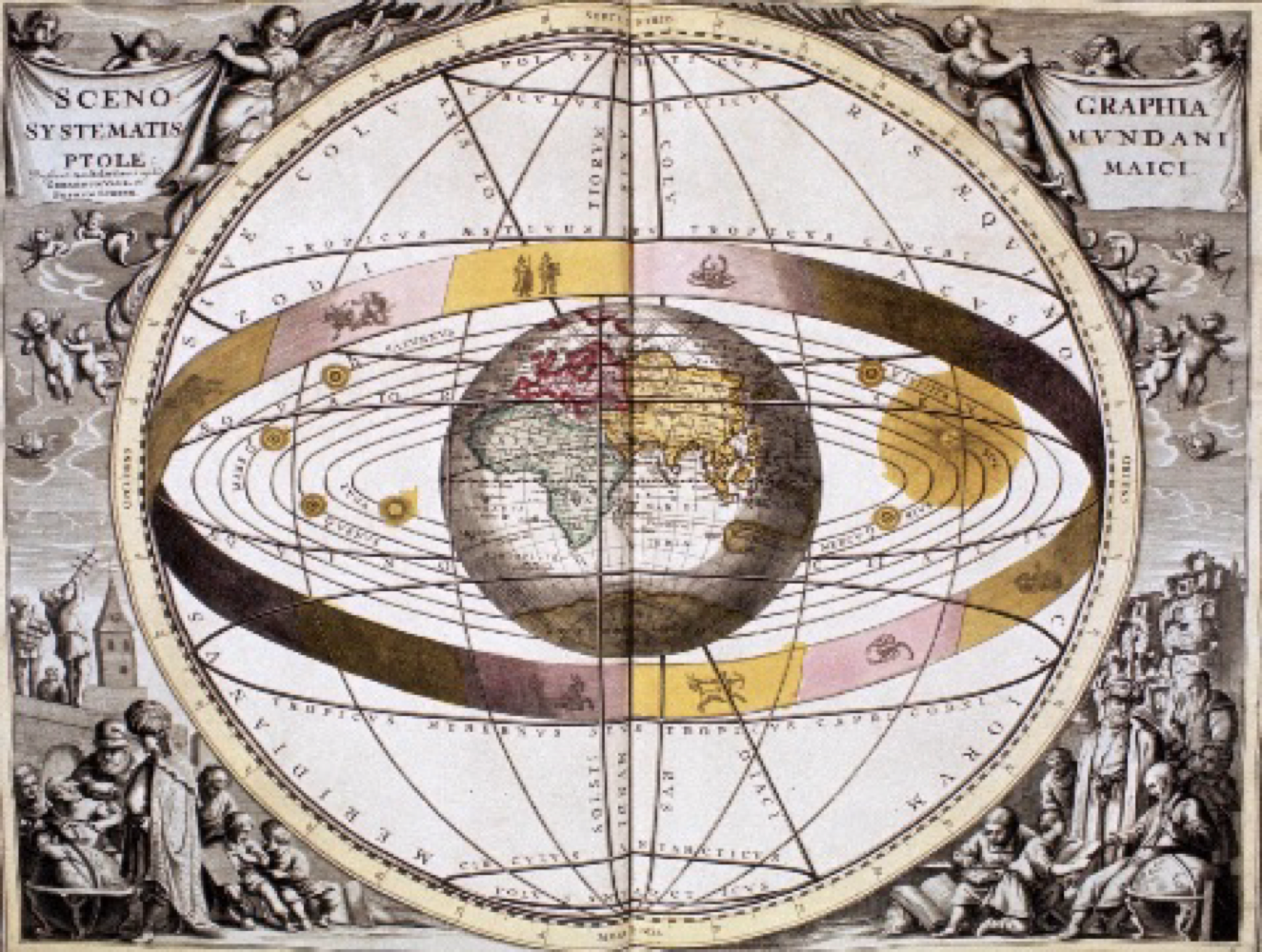
the early Greek model depicting a central earth surrounded by the celestial sphere
Geocentric Revolution
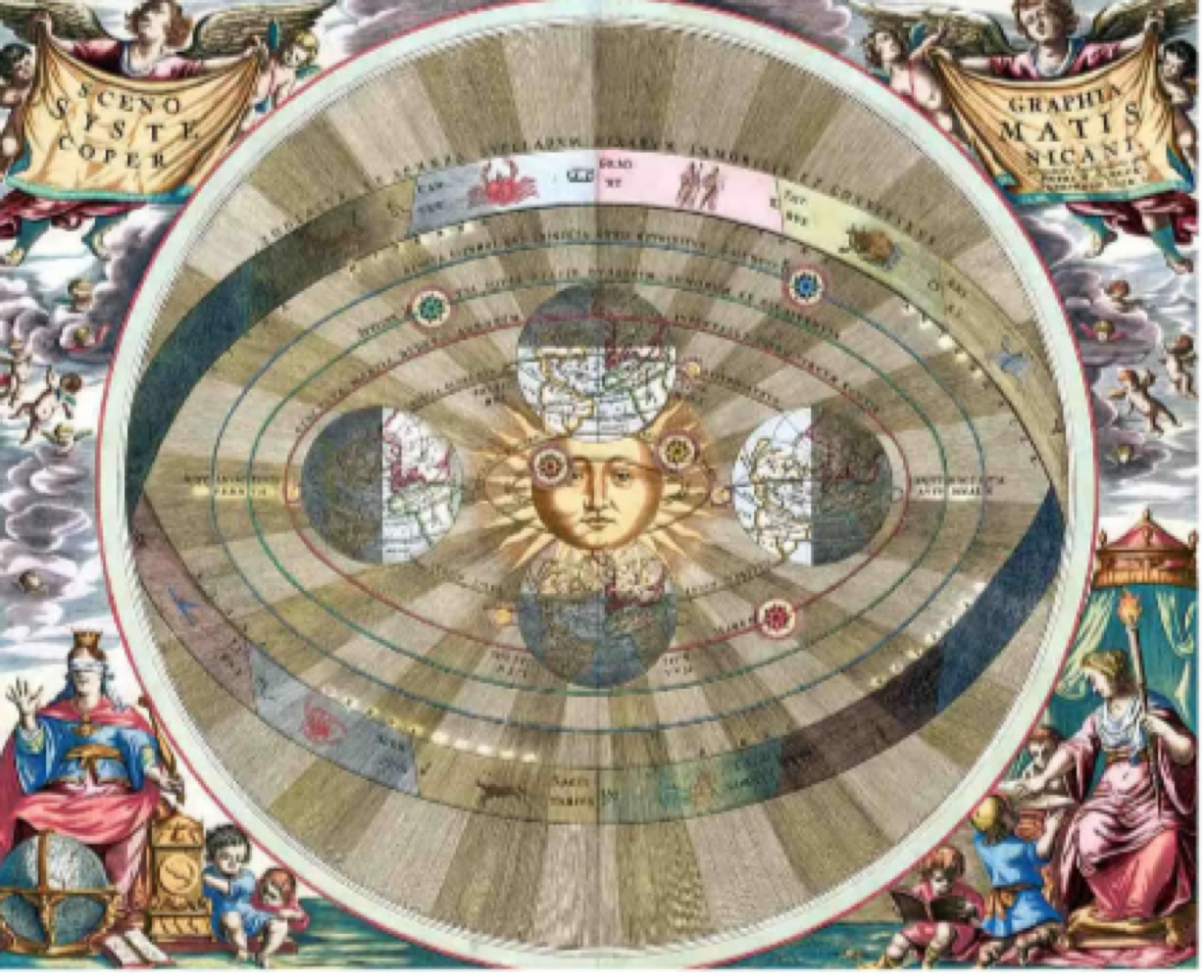
This Greek philosopher proposed an alternative idea to the geocentric revolution to explain the retrograde motion of planets
Aristarchus
this idea, proposed by Aristarchus, depicts the earth revolving around the sun
the heliocentric idea
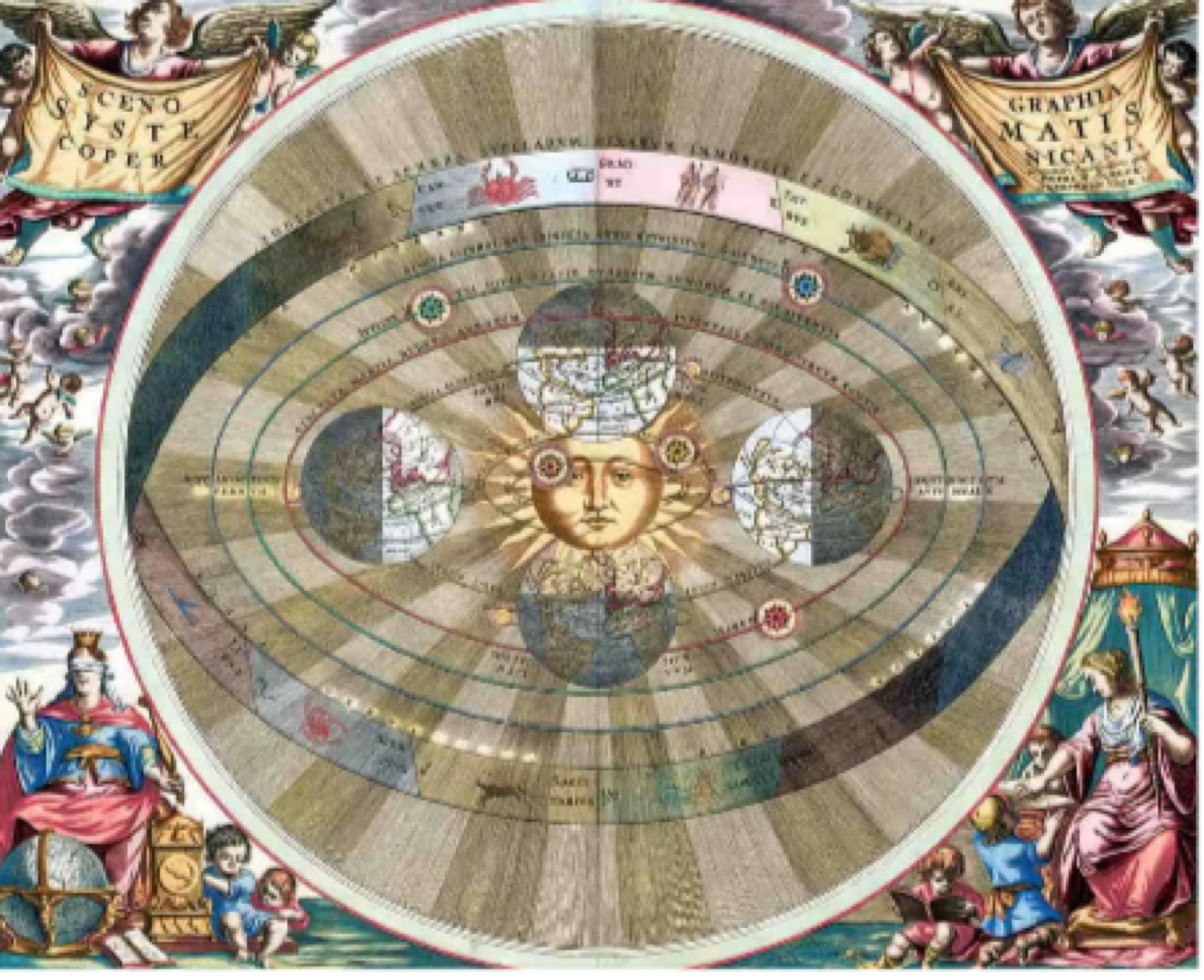
the revival of Aristarchus’s idea of a sun-centered system by Nicolaus Copernicus, who worked out the math to support it
Copernican Revolution
astronomer, mathematician, and philosopher who made major contributions to the scientific revolution, and to the telescope—wich led to astronomical observations and support for copernicaism
Galileo Galilei
this individual debunked Copernicus’s belief that “heavenly motion” must occur in perfect circles, thus discovering that planetary orbits are elliptical (oval). his model was then developed into three laws
Johannes Kelper
“the orbit of each planet about the sun is an ellipse with the sun at one focus” describes _______
Kepler’s first law
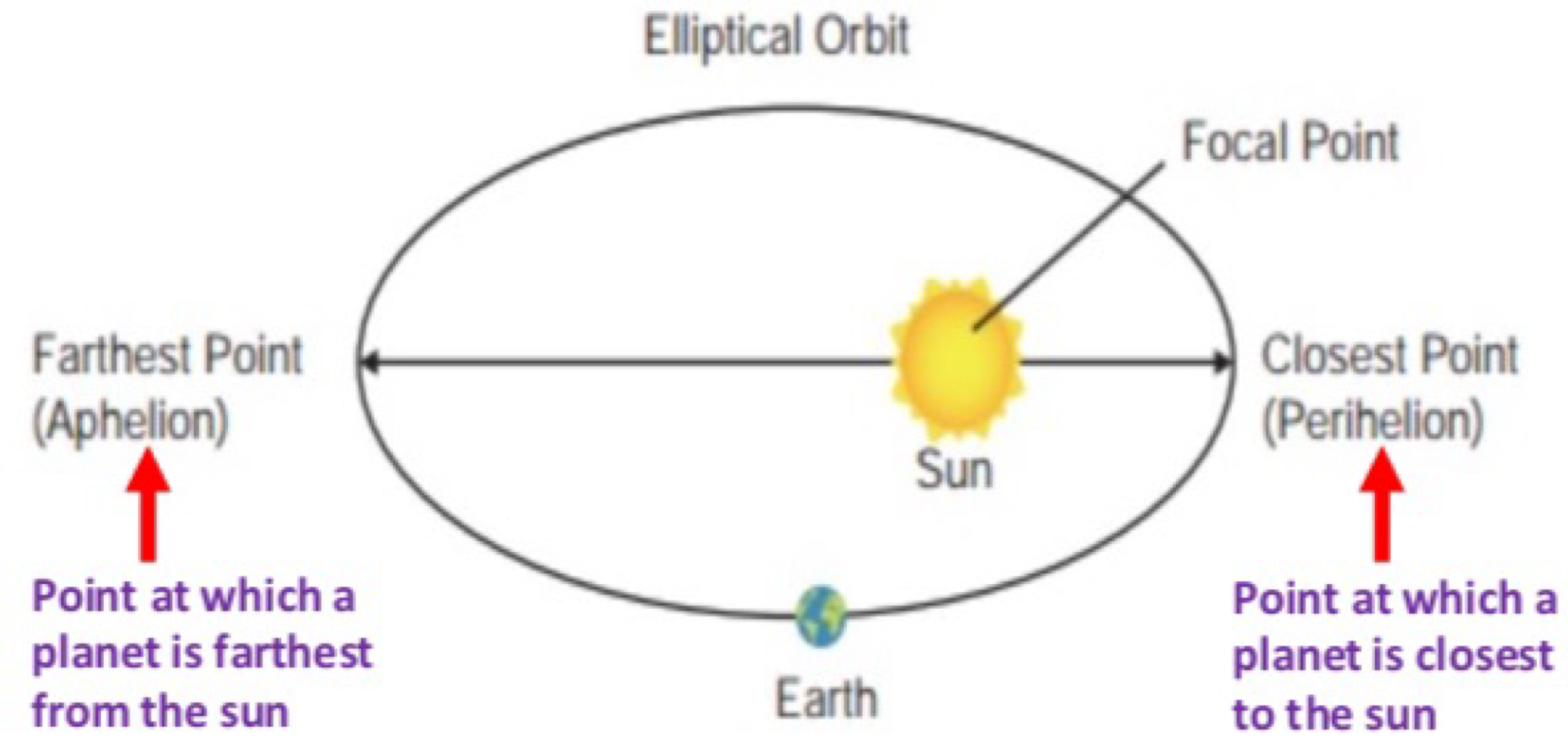
“as the planet moves around its orbit, it moves faster when closer to the sun than when farther away” describes _______
Kepler’s second law

“more distant planets orbit the sun more slowly” describes _______
Kepler’s third law
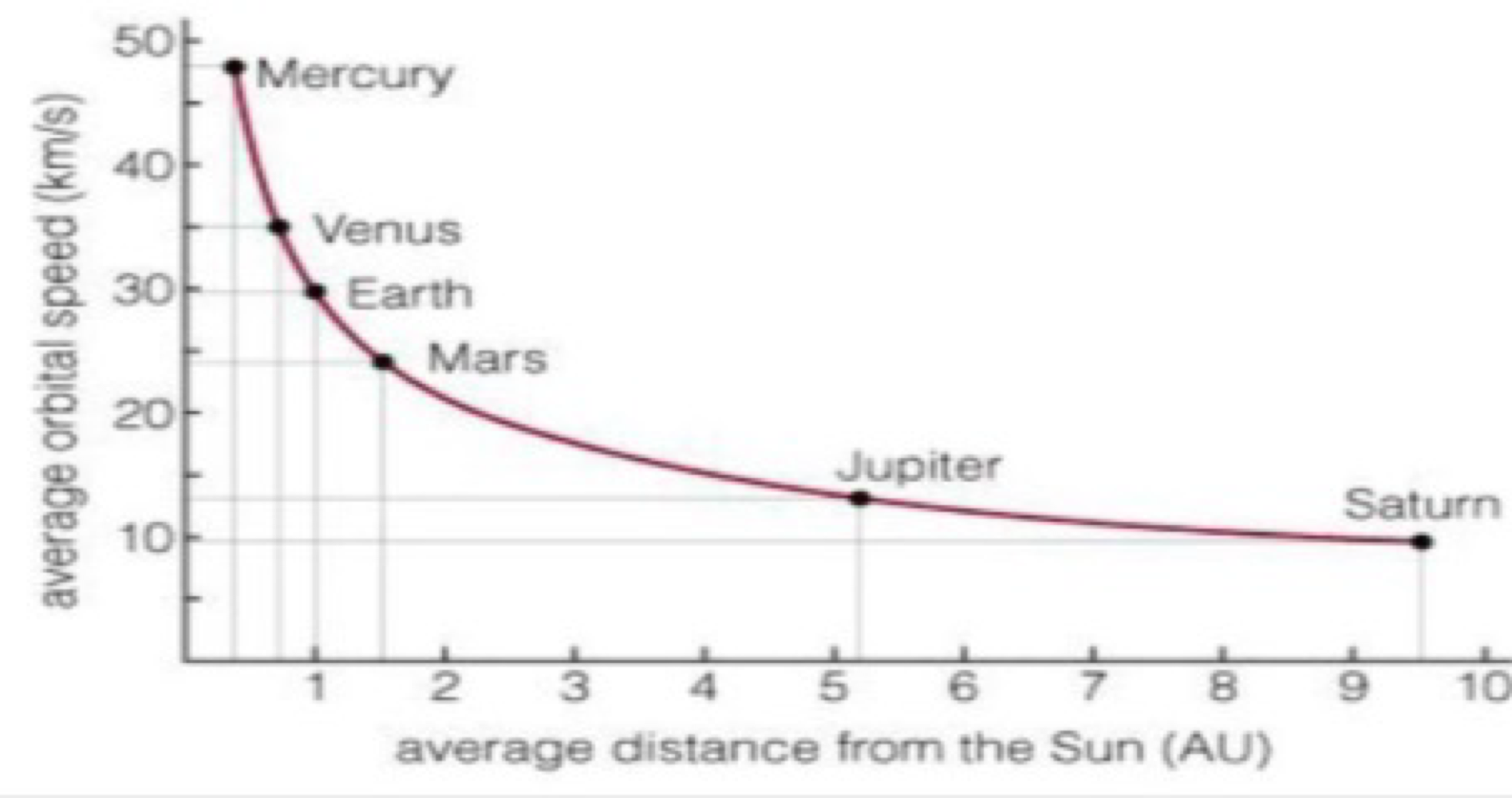
_______ invented calculus to explain and discoveredr many fundamental principles of physics
Issac Newton
true or false: Issac Newton explained why the planets should move in elliptical orbits at varying speeds
true
Newton’s publication of Principia included precise mathematical descriptions of how motion works in general, and is now canned _______
Newton’s Laws of Motion
“an object in motion stays in motion at the same velocity in a straight line inless a force acts to change its speed/direction” describes _______
Newton’s First law of motion
“force = mass x acceleration” describes _______
Newton’s Second Law of Motion
“for any force, there is always an equal and opposite reaction force” describes _______
Newton’s Third Law of Motion
true or false: Newton’s laws still apply to concents such as black holes and gravitational waves
false. Newton’s laws break down when you get to concepts like black holes and gravitational waves
Issac Newton expressed the force of gravity mathematically with his _______, which states that every mass attracts every other mass through the force (gravity)
Law of universal gravitation
Newton’s law of universal gravitation states that the greater the mass of an object, the greater is its _______
force of gravity
Newton’s law of universal gravitation states that the force of gravity depends on _______
the distance between two objects (smaller distance = greater force of gravity)
true or false: Issac Newton’s theory of gravity led to predictive advances, such as Halley’s comet return
true
the physicist who developed the General Theory of Relativity, which states that all objects reside in a fourth-dimensional spacetime
Albert Einstein
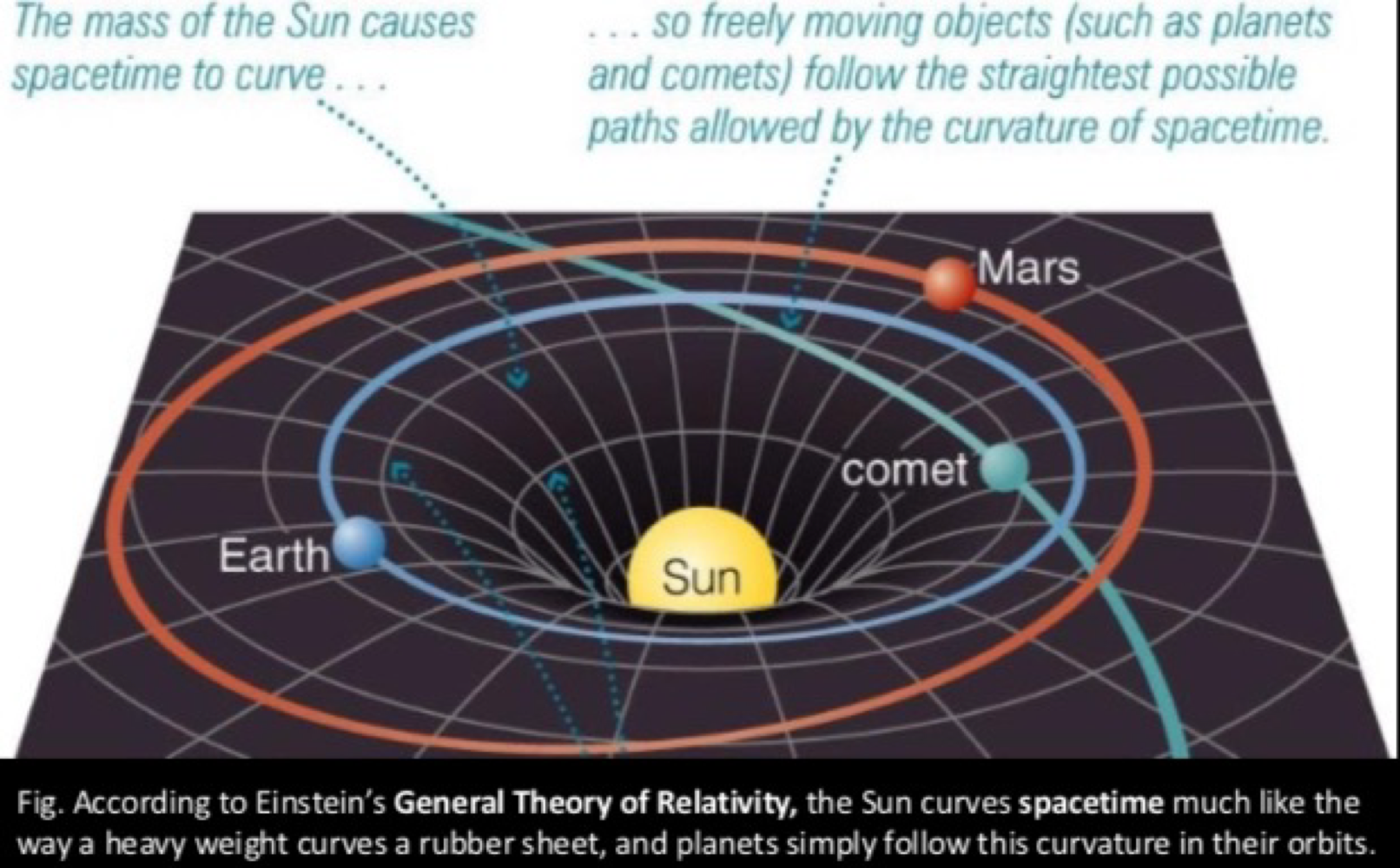
Albert Einstein’s General Theory of Relativity states that spacetime is curved by massive objects (the sun), and other objects (the planets) _______
follow the curvature
true or false: Albert Einstein’s General Theory of Relativity does not predict the existence of black holes (multiple types)
false. Albert Einstein’s General Theory of Relativity does predict the existence of black holes (multiple types)
10-5 million years ago, _______ developed
Bipedalism
4.2-4 million years ago, _______ emerged; they ysed simple tools (sticks and stones)
Australopithecus
2-1.5 million years ago, _______ emerged; they ysed more advanced stone tools; known as handymen
Homo balilis
2-0.1 million years ago, _______ emerged; “upright men”; first to evolve a human-like body plan and gait; used large advanced stone tools (spears); first hominid to use fire (warmth, cooking, defense)
homo erectus
400,000-40,000 years ago, _______ emerged; closest extinct human relative; lived in Europe/Centra Asia; large nose for humidifying/warming cold, dry air; short/stocky; used sophisticated tools,, controlled fire, live din shelters, fashioned clothing; skilled hunters, buried their dead, made ornamental objects
homo neanderthalensis
the _______ were Sumerian ski dieties, depicted in Akkadian cylinder seal around 2,300 BC
Anunnaki
_______ were Mayan sky gods during the classical period
Itzamna
_______ (Nevada) and _______, New Mexico are alleged UFO crash sites in the U.S. since 1940
Area 51 and Roswell
The Native American _______ was known to predict alien arrival (“star beings”) who come from the sky to teach mankind
Hopi Dancer
the _______ people of Mali in West Africa impart wisdom from the cosmos: eppiptical orbit of Sirius B around Sirius A
Dogon
_______ and _______ are neolithic monuments reflecting ancient Druid cosmology with significant alighments with celestial events like solstices, suggesting their use in observatories or calendars
Stonehenge and Newgrange